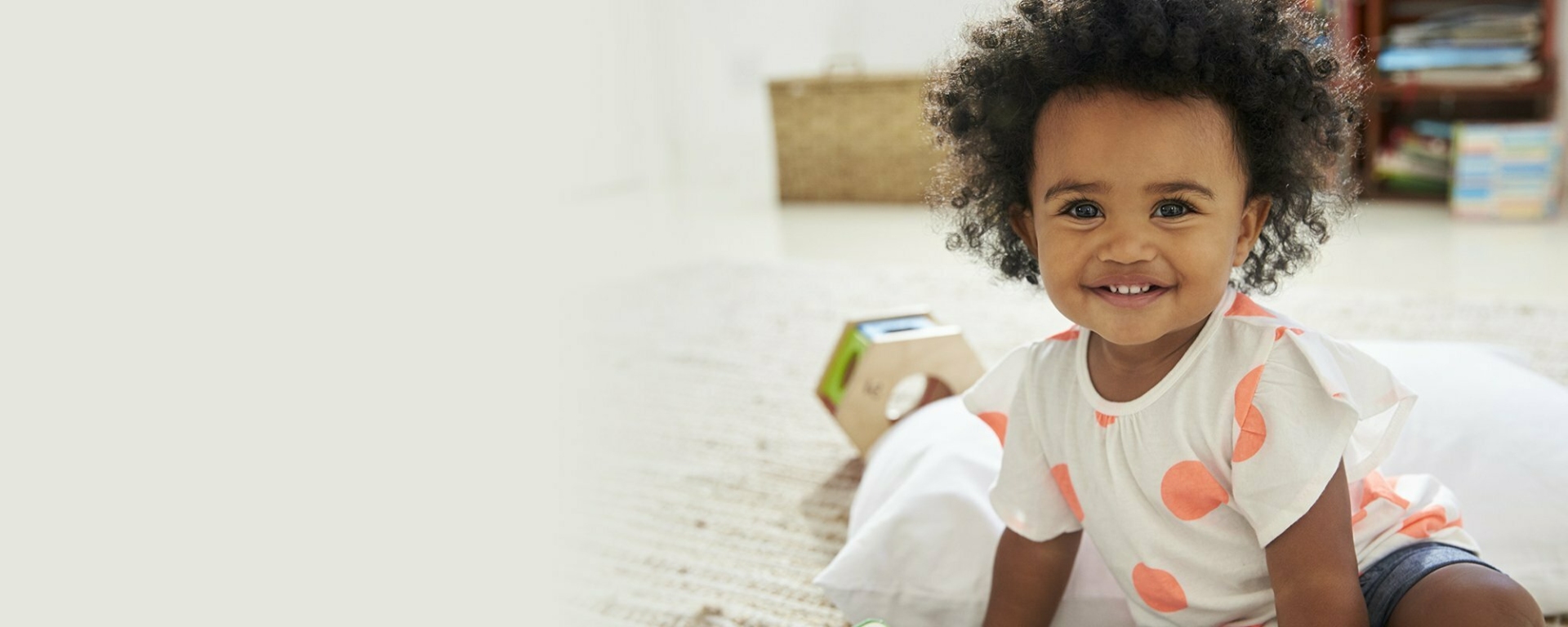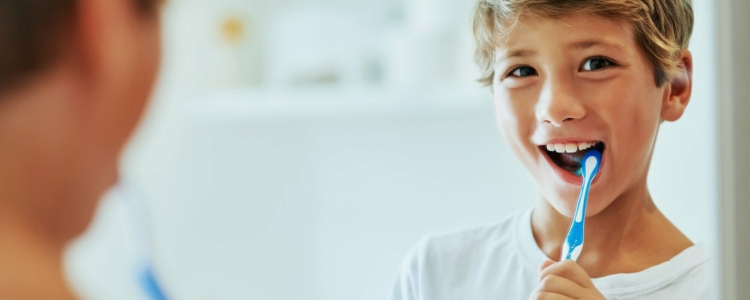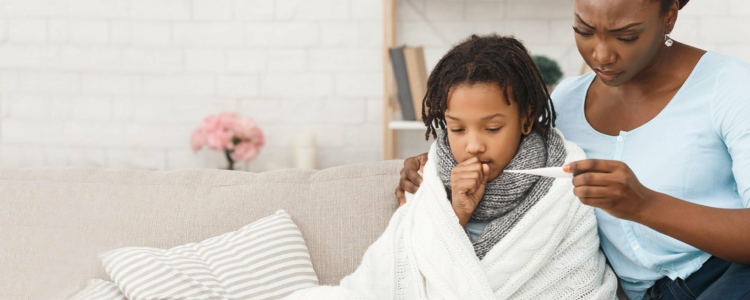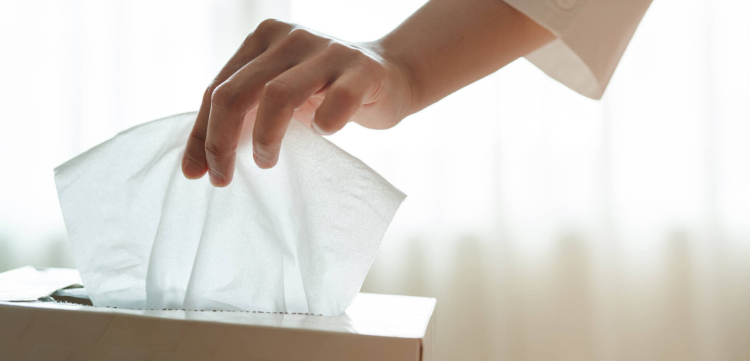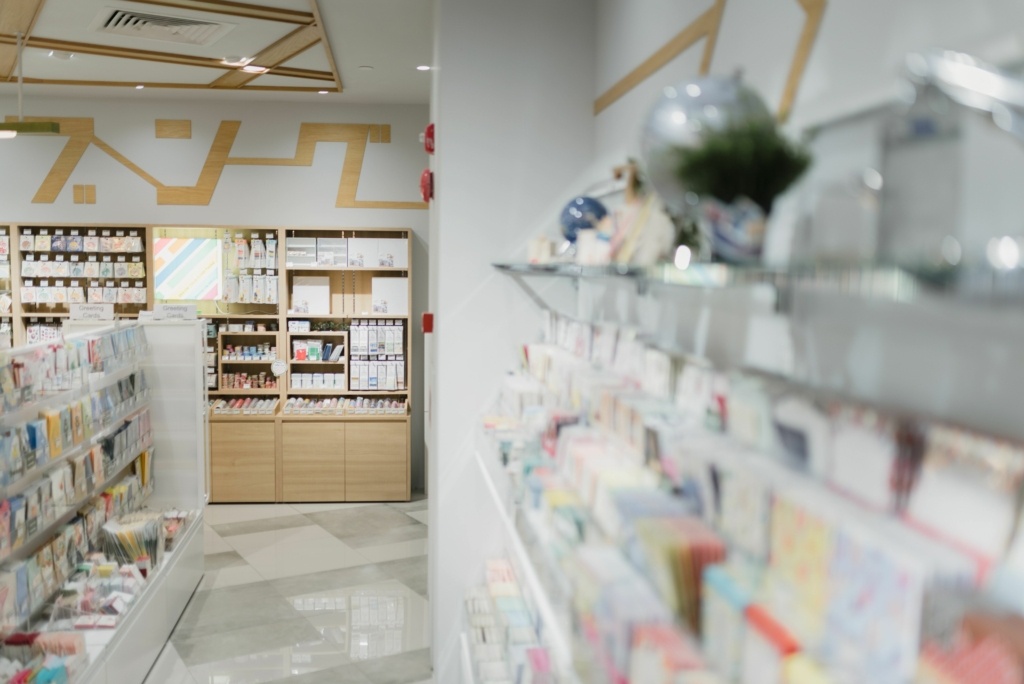Children and babies produce an average of one litre of nasal secretions per day – even more when they have a cold, which occurs between six and eight times each year, mainly from October to May.
Nasal hygiene means cleaning and hydrating nasal passages in order to effectively allow them to filter out particles (dust, pollen, animal dander, etc.) that are in the air we breathe.
Why perform nasal hygiene on your child?
Regular nasal hygiene will:
- Eliminate secretions
- Reduce nasal congestion and in turn improve feeding and sleep
- Humidify the nose, thus preventing nosebleeds
- Reduce the frequency and duration of colds
- Prevent complications from congestion (otitis, sinusitis, cough)
- Lessen the use of antibiotics
- Better control asthma
How often?
The Sainte-Justine Mother and Child University Hospital Centre recommends performing nasal hygiene starting at baby’s birth and up to the age of eight years or more, as needed.
| Summer frequency | Winter frequency (October to May) | Frequency when child has a cold or is congested | |
| Children under the age of 2 years and any others (all ages) that have difficulty protecting their airways | 1 time per day | 2 to 3 times per day | 3 to 6 times per day |
| Children older than 2 years | 1 time per day | 2 times per day | 3 to 4 times per day |
How to go about it?
Technique with a syringe:
| Premature | Younger than 6 months | Older than 6 months | |
| Quantity | 1 to 3 ml per nostril | 3 to 5 ml per nostril | 5 to 10 ml per nostril |
- Wash your hands thoroughly, before and after performing nasal hygiene.
- Fill up a syringe with saline solution. You can prepare your own (see recipe for homemade saline solution) or buy some from your pharmacist-owner affiliated with Accès pharma at Walmart.
- The ideal time for performing nasal hygiene is when you are changing baby’s diaper. Place your child on their side and put a washcloth under their nose. You may also place their head on your forearm. If baby is older than six months and tolerates nasal hygiene well, you can swaddle them in a blanket and have them sit on your lap.
- Irrigate the upper nostril by quickly emptying the content of the syringe. It is normal for secretions to leak out of both nostrils and also from the mouth.
- Gently clean baby’s nostril.
- Turn baby over and use the same technique on the other nostril.
- If baby’s nose is particularly congested, feel free to repeat the above steps three or four times, until baby has a good air flow.
If baby is older than six months, you may also proceed with them sitting on your lap:
- Hold your child’s head upright. It may be easier to perform nasal hygiene in this position if baby is swaddled in a blanket.
- Hold the child’s jaw with one hand and press your cheek on theirs.
- Using your other hand, irrigate the upper nostril by quickly emptying the content of the syringe. Secretions may leak out of both nostrils and also from the mouth.
- Repeat the same step for the other nostril.
- Wipe baby’s nose. If they are still congested, you can perform nasal hygiene a second time.
Technique for irrigation with a bottle (as of two years of age):
This method allows you to clean secretions that are at the back of nasal passages.
- Wash your hands before and after performing nasal hygiene.
- Fill the bottle with saline solution. You can prepare your own (see recipe for homemade saline solution) or buy some from your pharmacist-owner affiliated with Accès pharma at Walmart.
- Place the child in front of the sink, with their head tilted forward and their mouth open.
- Insert the tip of the bottle tightly in one nostril.
- Press on the bottle until the solution runs out of the opposite nostril.
- Ask your child to blow their nose. Repeat for the other nostril.
Technique with an atomizer (for children who are two years of age or older):
- Wash your hands before and after performing nasal hygiene.
- Fill the bottle with saline solution. You can prepare your own (see recipe for homemade saline solution) or buy some from your pharmacist-owner affiliated with Accès pharma at Walmart.
- Seat your child in front of you and ask them to look in your eyes to make sure they keep their head perfectly straight.
- Insert half the tip of the atomizer in one nostril. Depending on the product you are using, press for two to three seconds or apply five atomizations. Your child can continue to breathe normally through the mouth during the atomizations.
- Wipe the nostril and repeat step 4 for the other nostril.
- Ask your child to gently blow their nose, one nostril at a time.
- If the child still doesn’t have a good airflow, you may perform nasal hygiene a second time.
If your child has a cold:
If your baby or child is congested, perform nasal hygiene before they drink, eat or sleep.
Water and steam from a long shower or prolonged bath can help to liquefy secretions and thus to decongest the nose.
If your child’s nostrils are irritated, you can apply non-medicinal ointment (such as Vaseline) once you have finished performing nasal hygiene.
Maintain a room temperature of around 20 °C, especially if your child has a cold. Artificial heat dries up and thickens nasal secretions.
Which saline solution to use?
Whether you are using pharmacy-bought saline solution (in packets) or preparing your own solution, make sure you are using boiled or distilled water at all times. Some solutions are ready-to-use, and many options are available in pharmacies: atomizers, nasal irrigation bottles and syringes, etc. To help you navigate, feel free to ask your pharmacist. They can advise you and help you choose the product that is best suited to your needs and those of your child.
Saline solution recipe
Dissolve 10 ml (2 teaspoons) of salt and 2.5 ml (½ a teaspoon) of baking soda in 1 litre (4 cups) of boiled water that has been left to cool. It is very important to follow proportions precisely.
The saline solution will keep for a maximum of seven days in the refrigerator in a clean airtight glass container. Whenever you wish to use it, make sure to remove it from the refrigerator so that it can attain room temperature before use. If your saline solution is too cold for use, you can dunk the container in a pot of hot water to heat it up.
Once a day, shake the saline solution to make sure no salt deposit forms at the bottom.
Prepare the quantity you need for the next 24 hours and store it at room temperature for the night. Any saline solution left outside the refrigerator for 24 hours must be thrown out.

